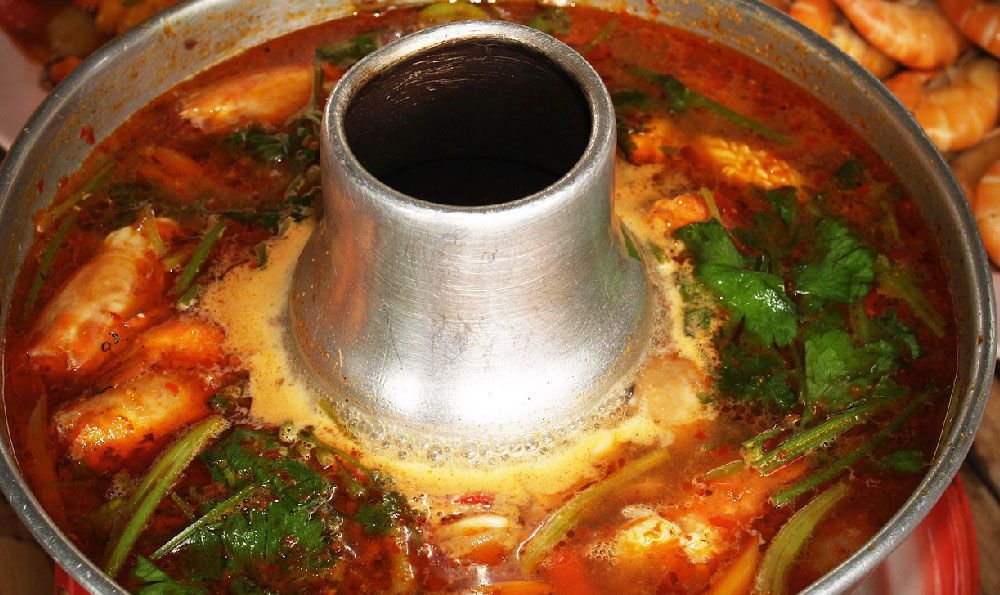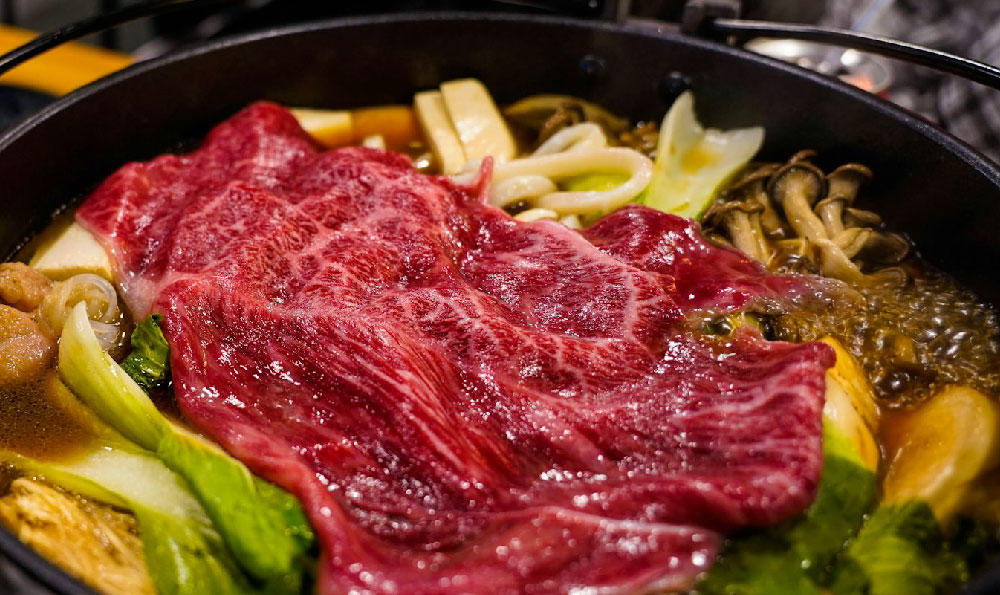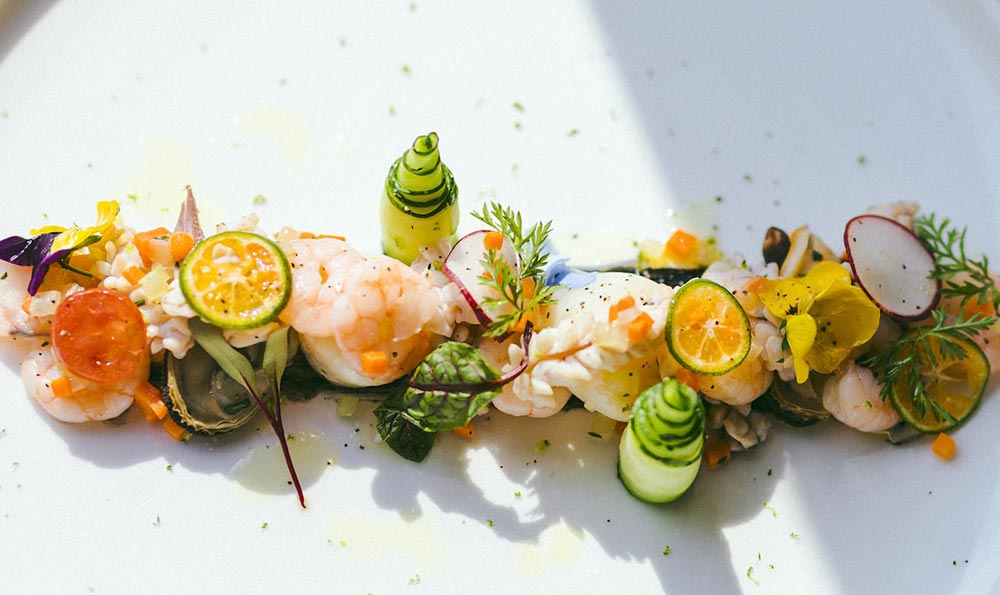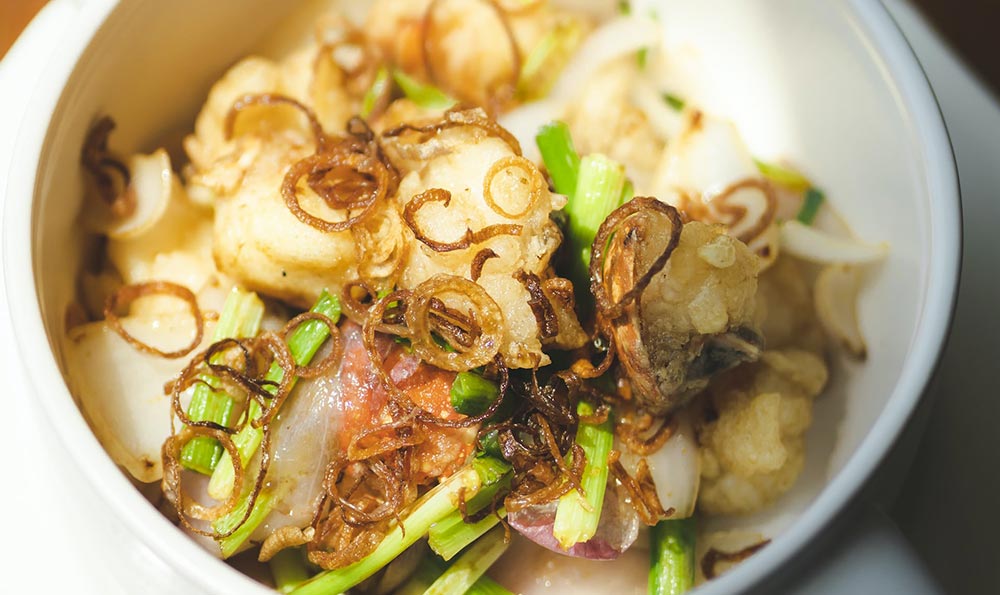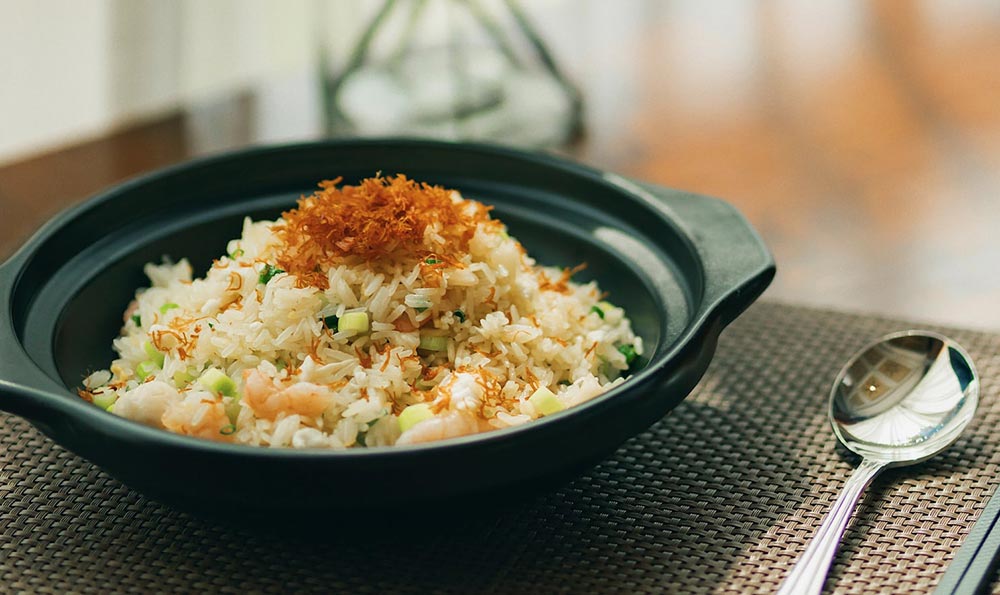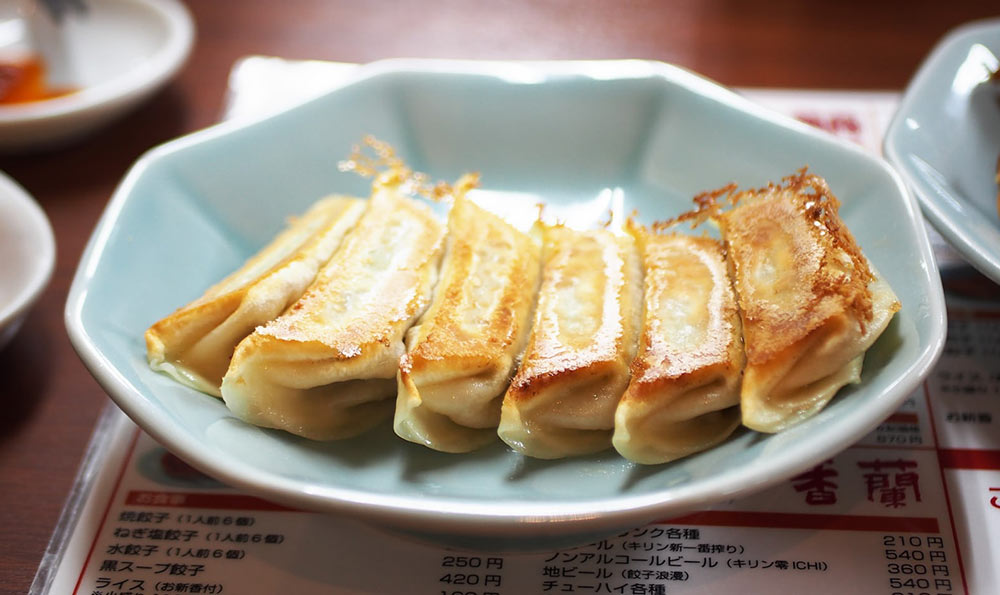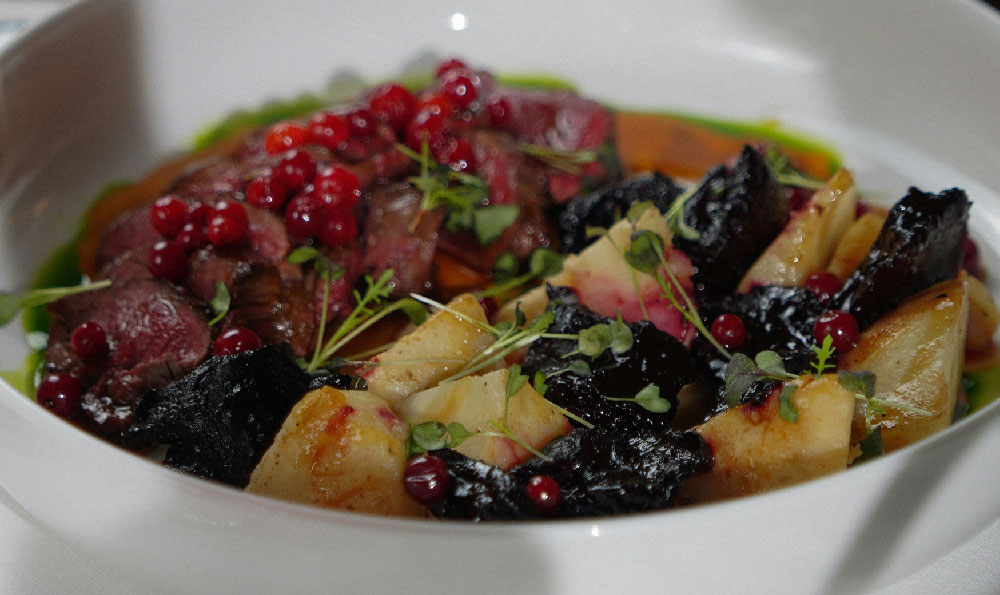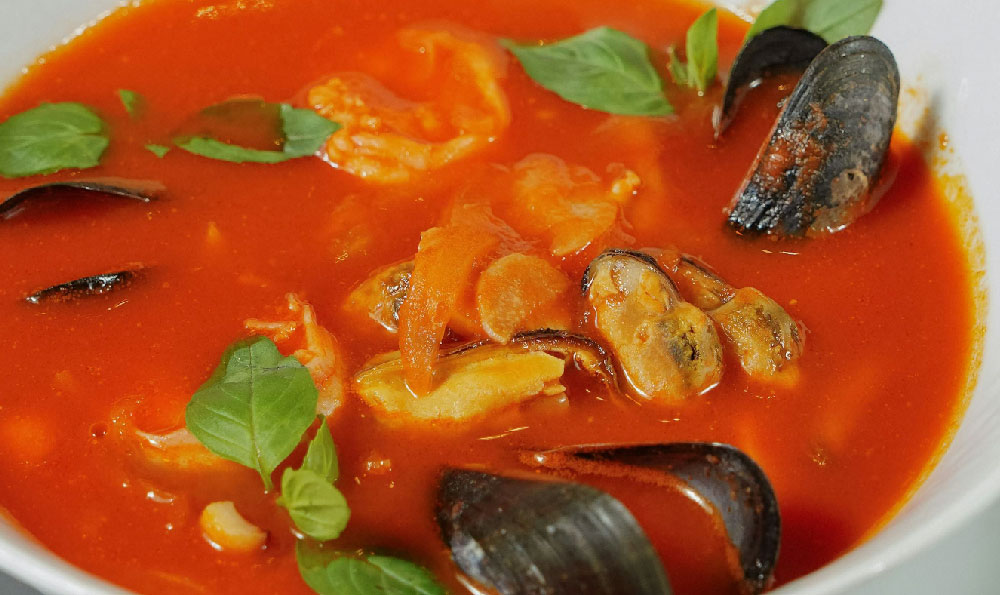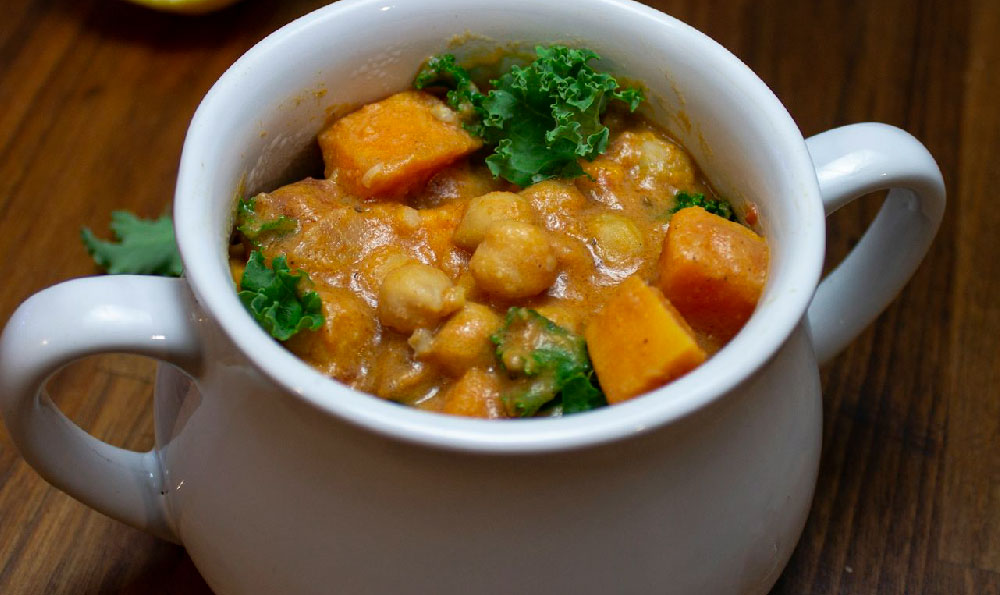
麻辣烫自古以来就是中国人喜爱的美食之一,而搭配肥牛更是让这道美食的口感和味道更加出众。本文将介绍麻辣烫肥牛的配方,让读者了解到如何制作出独特美味的麻辣烫肥牛。通过比较和对比的手法,本文将呈现出不同配方所带来的不同口感和特色,以及一些修辞和评价的手法来吸引读者的注意力和兴趣。
一、
在麻辣烫肥牛的配方中,最重要的一环就是选用优质的肥牛。只有选用新鲜、嫩滑的肥牛才能让麻辣烫达到最佳的口感。优质的肥牛其肉质柔嫩多汁,煮熟后能保持肉质的鲜嫩度,且口感更加丰富。相比之下,一些劣质的肥牛则会导致麻辣烫口感偏硬,且容易变韧,影响整体食感的好坏。
二、
在制作麻辣烫配料时,不同的麻辣烫店有着不同的秘制配方。一些麻辣烫店采用的主要调料包括花椒、辣椒粉、豆瓣酱等,这些都是为了增加麻辣烫的辣度和香气。而另一些麻辣烫店则采用了更多的调味料,如八角、姜片、花椒油等,这些调料的加入能够使麻辣烫的味道更加浓郁,更具独特风味。根据个人的喜好和口味,不同的配料搭配方式也会带来不同的麻辣烫口感,如麻辣烫的麻感和辣感程度、麻辣烫的鲜香和厚重感。
三、
除了肥牛和配料外,麻辣烫的汤底也是影响其口感的关键之一。有些麻辣烫店采用清汤作为汤底,这样能够更好地保持肥牛的原汁原味。而另一些麻辣烫店则选择了辣味鲜汤底,这样汤底本身就带有一定的香辣味,能够为肥牛增添更多的口感。麻辣烫汤底的熬制时间和火候也会影响其口感,过久的熬制可能会导致汤底过于浓稠,影响整体口感的柔滑度。
四、
除了以上提到的关键因素外,麻辣烫肥牛的配方还包括了一些细节处理。比如肥牛的切割方式,切割成薄片或丝能够使肥牛更好地入味,增加口感的多样性。对于蔬菜配料的选择也会影响麻辣烫的口感,如选用脆嫩的豆芽、韧性十足的粉丝等,都能为麻辣烫增添不同的口感层次和风味。烹饪时间的掌握也非常重要,过长或过短的烹饪时间都可能会影响到肥牛的嫩滑度和口感。
通过比较和对比的手法以及一些修辞和评价的手法,本文详细介绍了麻辣烫肥牛的配方。从选择优质的肥牛,到不同的配料搭配方式,再到汤底和细节处理的影响,每一个环节都对麻辣烫肥牛的口感起到重要作用。希望读者通过本文的介绍,能够理解到如何制作出独特美味的麻辣烫肥牛,并且在实际操作中能够灵活运用各种配方,制作出口感丰富的麻辣烫肥牛。
麻辣烫的正宗做法配方开店
麻辣烫是一道广受欢迎的中式快餐,在中国各地都有很大的市场需求。要想开一家成功的麻辣烫店,正宗的做法和配方是至关重要的。本文将介绍麻辣烫的正宗做法及开店所需的相关信息。

麻辣烫的基本原料包括辣椒油、花椒粉、豆瓣酱、生姜、葱、大蒜和各种蔬菜、肉类或海鲜。辣椒油和花椒粉是麻辣烫最重要的调味料,它们给菜品带来独特的麻辣口感。豆瓣酱则起到调和和增加香气的作用。而生姜、葱和大蒜则可以提升菜品的风味。
麻辣烫的配方可以根据个人喜好和地域特点进行调整。麻辣烫的底汤可以选择牛骨、鸡骨或鱼骨熬制而成,以增加口感的丰富度。蔬菜方面可以选择土豆、菠菜、黄豆芽等,肉类可以有牛肉、羊肉、鸭血等。不同的配料搭配出不同口味的麻辣烫,满足不同消费者的需求。
麻辣烫的制作步骤相对简单。将辣椒油、花椒粉和豆瓣酱一同炒热,加入切好的生姜、葱和大蒜,煸炒出香气后倒入底汤。将底汤烧开,加入切好的各种蔬菜和肉类,煮熟即可。食客可以根据个人口味加入适量的盐和其他调味料,以调整菜品的味道。
开一家麻辣烫店需要注意的细节也很重要。选址要注意市场需求和竞争情况,选择繁华地段或商业区可以增加顾客流量。店面装修要简洁大方,给人干净整洁的印象。服务态度要友好,为顾客提供舒适的用餐环境和优质的服务。卫生和食品安全也是开店的重要因素,要定期检查设备和食材的质量,确保顾客的健康和安全。
麻辣烫的正宗做法和配方对于开一家成功的麻辣烫店来说至关重要。掌握了准确的做法和配方,加上合适的选址和良好的经营管理,相信你一定能够经营一家受欢迎的麻辣烫店。无论是在各地还是国外,麻辣烫都有着广阔的市场前景和商机,希望本文对你有所帮助。
麻辣烫的配方及制作过程
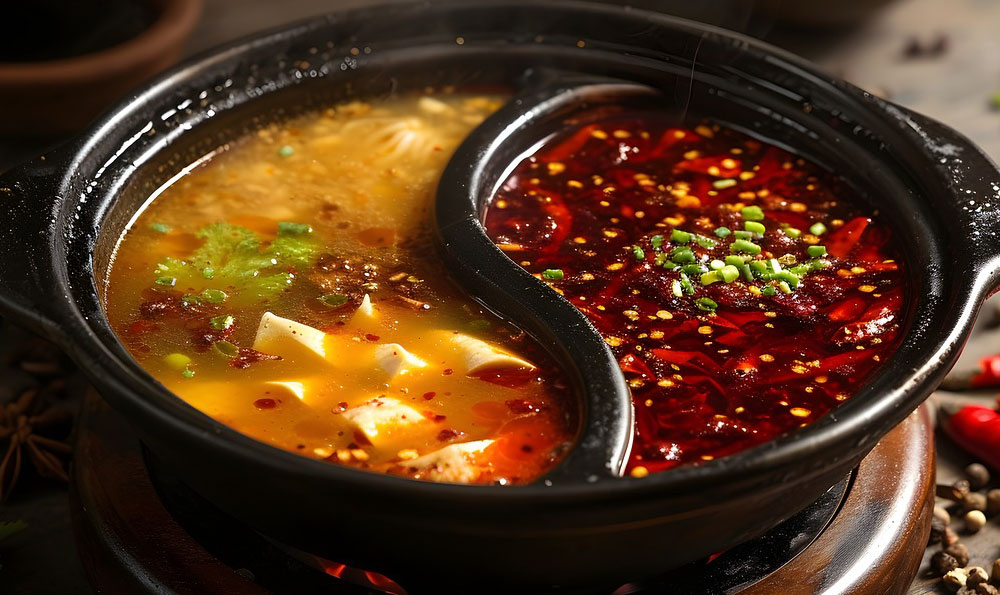
麻辣烫是一道源于中国川菜的独特美食,以其麻辣口感和丰富多样的食材而受到广大食客的喜爱。下面将通过定义、分类、举例和比较等方法,系统地介绍麻辣烫的配方及制作过程。
正文:
一、配方
麻辣烫的配方包括底料、食材和调料三个主要部分。底料是麻辣烫的灵魂,一般包括油膏、辣椒面、花椒粉等,它们负责赋予麻辣烫独特的香辣味道。食材是麻辣烫的核心,可以根据个人口味选择蔬菜类、肉类或海鲜类,如豆皮、牛肚、鱿鱼等。调料则是为了增加口感和提升风味,常见的调料有蒜末、香菜、酱油等。不同地区和个人口味会有所差异,但以上三个部分是构成麻辣烫配方的基本要素。
二、制作过程
麻辣烫的制作过程包括准备食材、煮熟底料、煮熟食材和调味四个核心步骤。准备食材时要根据个人喜好切割成适合食用的大小,同时准备好各种配菜和调料。煮熟底料需要将底料放入锅中加热,直到出现麻辣香味。将食材逐一下锅,根据煮熟时间的长短依次放入,以确保各种食材都能够煮熟。将麻辣烫装入碗中,根据个人口味调入适量的调料和配菜,搅拌均匀即可食用。
三、讲述配方和制作过程的多种方式
除了以上所述的定义和分类的方法,我们还可以通过举例和比较的方式来进一步阐述麻辣烫的配方及制作过程。我们可以以不同地区的麻辣烫为例,比较它们在配方和制作过程上的差异。四川麻辣烫的底料多以花椒和辣椒面为主,具有浓郁的麻辣味道;而湖南麻辣烫则更加辣味十足,常加入干辣椒和酸豆角等食材,使其更加酸辣可口。通过比较不同地区的麻辣烫,可以更全面地了解麻辣烫的配方和制作过程。
麻辣烫的配方及制作过程是一个非常有趣和美味的话题。通过定义、分类、举例和比较等方法,我们可以深入了解麻辣烫的配方和制作方法,并根据个人口味进行调整。无论是在家制作还是在餐馆品尝,麻辣烫都能给我们带来独特的口感和美食体验。希望本文能够为对麻辣烫感兴趣的读者提供一些有益的参考和指导。
参考译文:
Title: The Recipe and Process of Making Spicy Hot Pot
Introduction:
Spicy hot pot, originated from Sichuan cuisine in China, is a unique delicacy loved by many food enthusiasts for its spicy and numbing taste and diverse ingredients. The following article will systematically introduce the recipe and process of making spicy hot pot using objective, professional, clear, and systematic writing techniques, including definition, classification, examples, and comparisons.
Body:
I. Recipe
The recipe of spicy hot pot consists of three main parts: soup base, ingredients, and seasonings. The soup base is the soul of spicy hot pot, typically including oil paste, chili powder, and Sichuan peppercorn powder to give the dish its distinctive spicy and numbing flavor. The ingredients are the core of spicy hot pot, and can vary based on personal preference, including vegetables, meats, or seafood such as tofu skin, beef stomach, and squid. Seasonings are added to enhance the taste and flavor, such as minced garlic, cilantro, and soy sauce. While there may be regional and personal variations, these three components form the basic elements of the spicy hot pot recipe.
II. Process
The process of making spicy hot pot involves four core steps: preparing the ingredients, cooking the soup base, cooking the ingredients, and seasoning. Firstly, the ingredients should be prepared and cut into suitable sizes according to personal preference. Various side dishes and seasonings should also be prepared. Secondly, the soup base is cooked by heating the oil paste, chili powder, and Sichuan peppercorn powder in a pot until the fragrance is released. Next, the ingredients are added to the pot one by one, considering the cooking time required for each ingredient to ensure they are cooked thoroughly. Finally, the spicy hot pot is served in a bowl, and seasonings and side dishes are added according to personal taste. Stir well and it is ready to be enjoyed.
III. Various Approaches to Presenting the Recipe and Process
In addition to the above-mentioned methods of definition and classification, we can further explain the recipe and process of making spicy hot pot through examples and comparisons. For example, we can compare spicy hot pot from different regions and highlight their differences in recipe and process. Sichuan hot pot has a strong flavor with Sichuan peppercorns and chili powder as the main ingredients, giving it a rich and spicy taste. On the other hand, Hunan hot pot is even spicier, often adding dried chili peppers and pickled vegetables to create a sour and spicy flavor. By comparing hot pots from different regions, we can gain a more comprehensive understanding of the recipe and process of making spicy hot pot.
Conclusion:
In conclusion, the recipe and process of making spicy hot pot is a fascinating and delicious topic. Through the methods of definition, classification, examples, and comparisons, we can gain a deep understanding of the recipe and process of making spicy hot pot, and make adjustments based on personal preferences. Whether made at home or enjoyed at a restaurant, spicy hot pot offers a unique taste and culinary experience. It is hoped that this article can provide some helpful references and guidance for readers interested in spicy hot pot.






